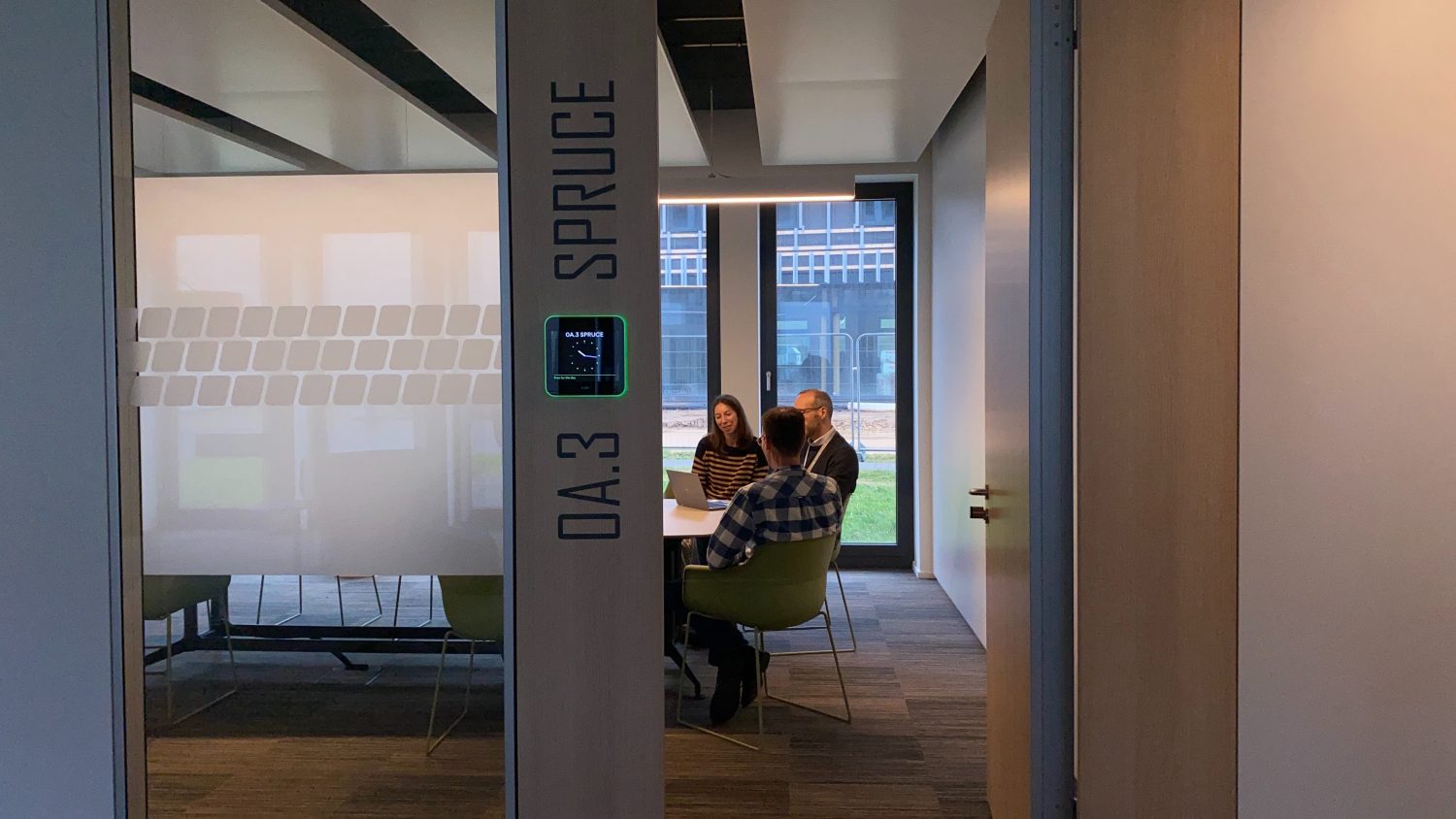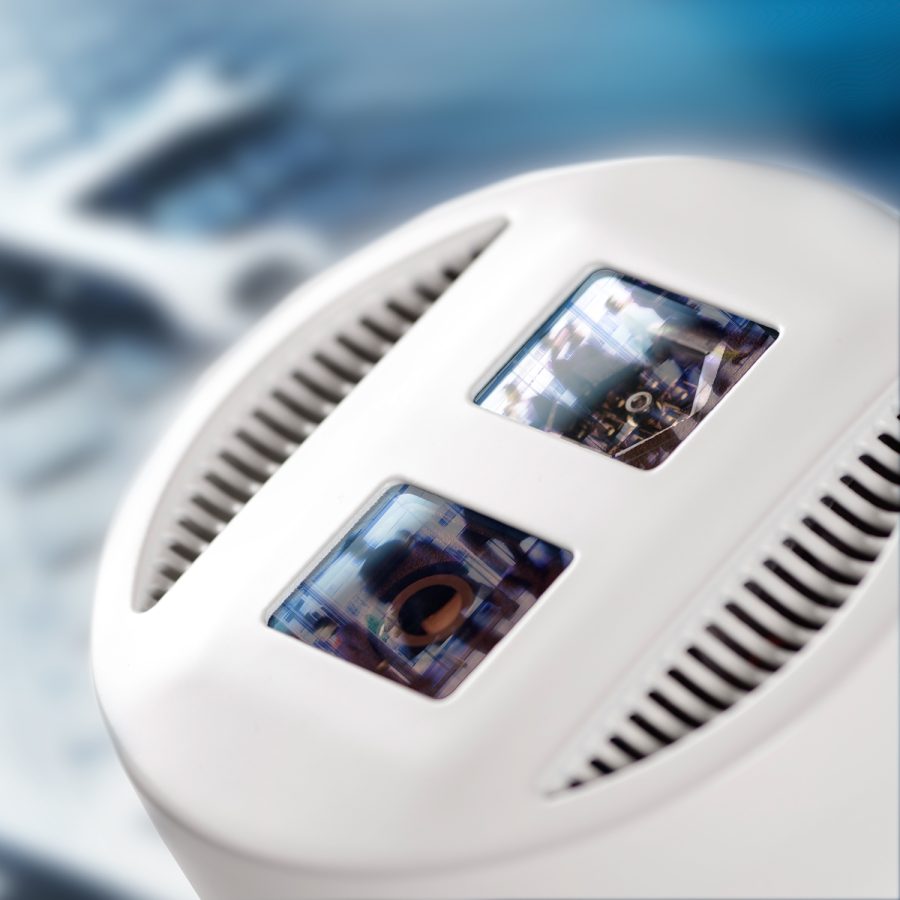IEE People Counter for Space Optimization

Exploring the possibilities that a workspace can offer, optimizing a building’s space and energy efficiently, combining the human with the digital environment, are modern top priorities for customers such as building owners, tenants, facility managers or system integrators. IEE has been working on helping customers who aim to use digitalization and sensing systems in their buildings areas to make them more sustainable, safer, more pleasant, and better performant.
How can IEE’s People Counter help with space efficiency?
 One example is canteens getting excessively busy during specific time frames, leading to big queues and long waiting times that employees simply cannot afford. Showing the efficiency and usefulness of technologies such as the ones behind our People Counter contributed to smoothly integrating it into employees’ daily lives. By installing the IEE People Counter in the canteen employees see in real time on their computer the actual data of how busy certain areas are at what times, info accessible via intranet, for instance, so they can plan their lunch break better.
One example is canteens getting excessively busy during specific time frames, leading to big queues and long waiting times that employees simply cannot afford. Showing the efficiency and usefulness of technologies such as the ones behind our People Counter contributed to smoothly integrating it into employees’ daily lives. By installing the IEE People Counter in the canteen employees see in real time on their computer the actual data of how busy certain areas are at what times, info accessible via intranet, for instance, so they can plan their lunch break better.
The data can be shown in a simple but efficient way, fully respecting privacy data (there is no camera), by showing a colour map on which people can see in real time just how crowded an area is. As such, employees can manage their own time based on reliable data and decide when to go to the canteen. Our People Counter also offers historical data which enables those in charge of canteen management to optimize their staff.
Another use case for IEE’s People Counter is dynamic space optimization. This means measuring the actual use of different areas in the building such as open offices or meeting rooms, helping to optimize space and energy consumption in times like these where mindful and responsible management of resources is necessary.
“Knowing how many people are in a certain building area can be useful in a variety of decisions, like adapting the use of air-condition, cooling, or heating. Air humidity and air quality, for instance, can be estimated based on the number of people present in a room and the information given by the sensors. The air conditioning can be started to bring in fresh air before the air quality gets worse. All these parameters, coupled with the knowledge of how many people are in the room, are extremely useful for everyone who looks for easy energy saving solutions,” says Kai Pabelick, Head of Business Line People & Object Sensing.
With the historical data gathered thanks to the People Counter, the frequency of booking meeting rooms in a building or during a fair, for instance, can be observed in time and analyzed. Perhaps not all rooms are being regularly booked and/or not by many people. Decisions can be made on whether it is best to decrease the number of rooms available, thus saving costs on energy, cleaning, etc. and maximize the use of fewer/one meeting room(s)/area(s).
Many companies nowadays have adopted a hybrid working mode, which leaves parts of a building unoccupied. There are so many opportunities to make better informed decisions in this field. No matter the area concerned, space, cost, and energy optimization are easier to plan with accurate counting data at hand.